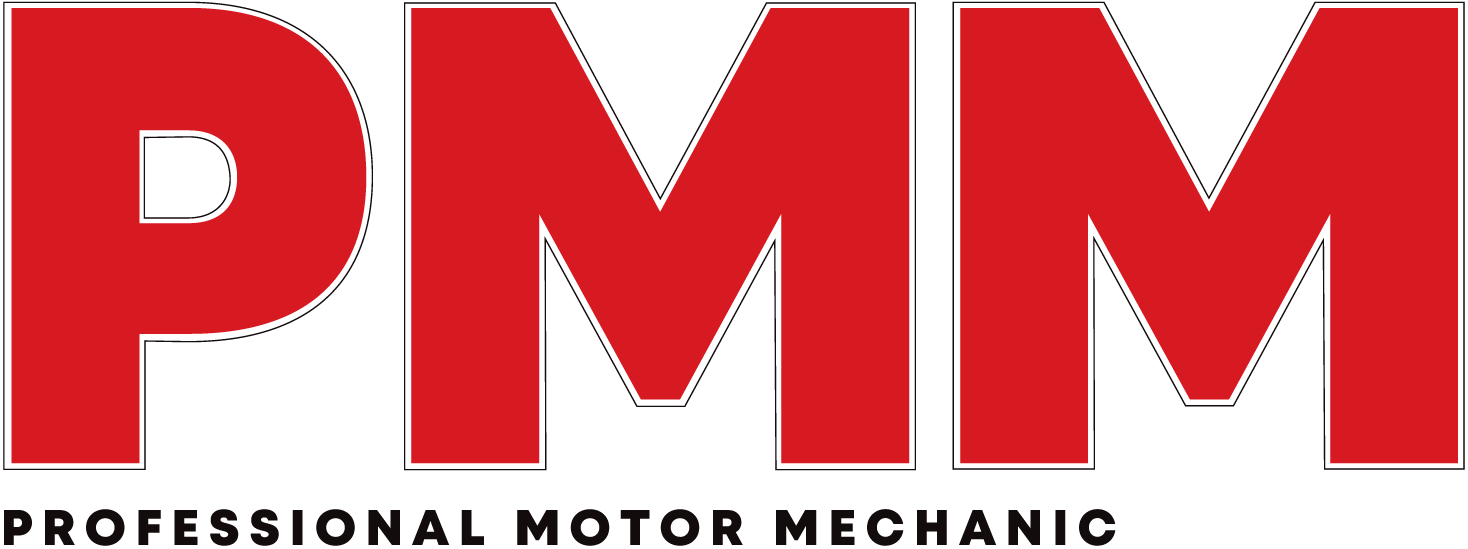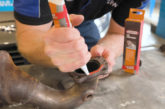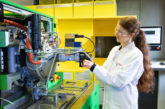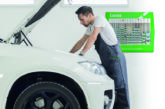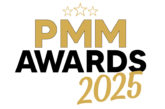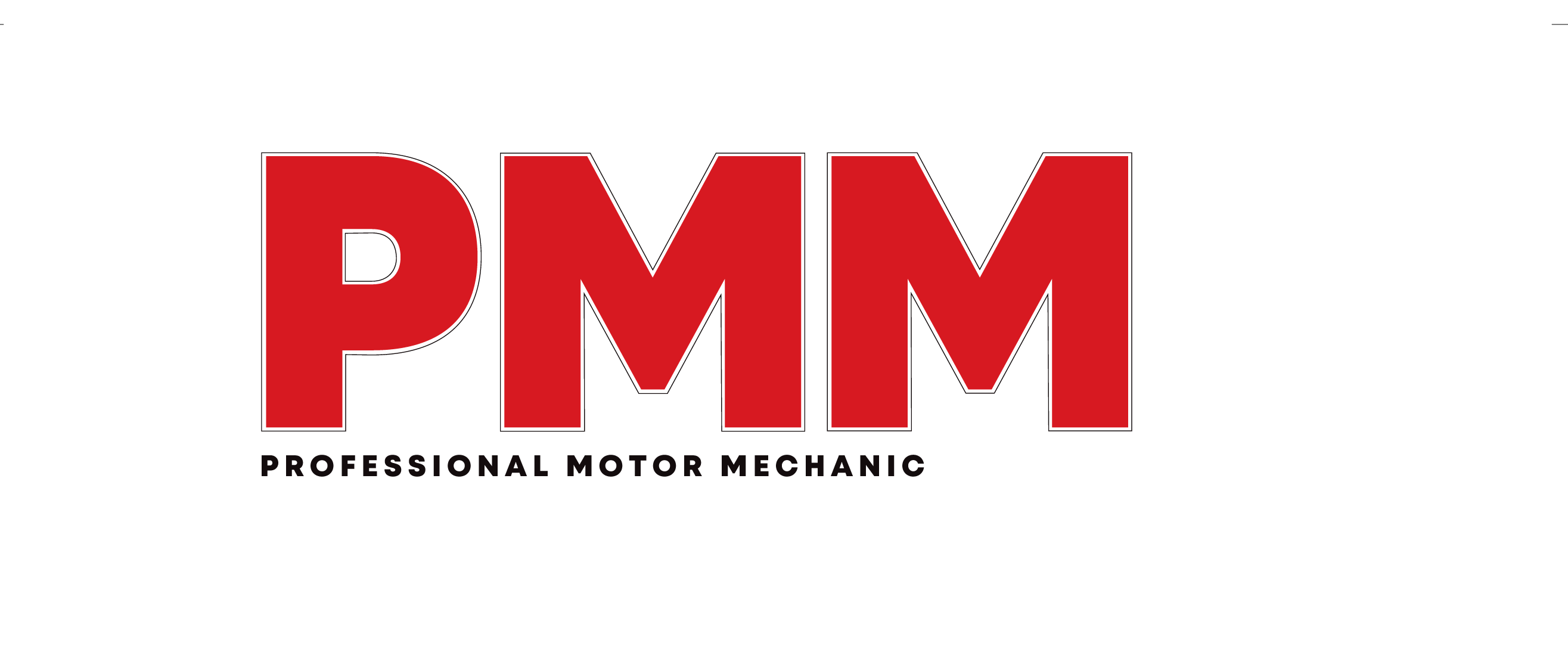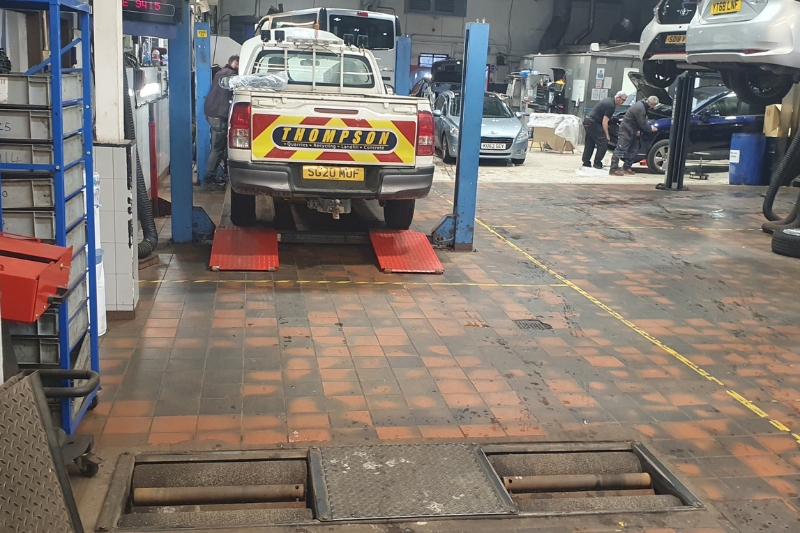
We asked Straightset’s managing director Andrew Bates to give us the lowdown on what you need to do to get MOT prepared.
Installing an MOT bay requires careful planning and informed decision-making, from selecting the right equipment to optimising the available space. Every workshop presents unique challenges, and while some factors remain consistent, site-specific considerations need to be taken into account.
This guide outlines the key stages of MOT bay installation—from assessing your space to selecting equipment and ensuring effective aftercare. Whether you’re installing a new bay or upgrading your current system, these tips will help you navigate the process with confidence.
Planning Your MOT Bay
The first step is identifying your objectives. What do you need from the MOT bay? Establishing what you need will help determine the required equipment and guide the design process.
When planning an MOT bay, it’s essential to look beyond the minimum specifications outlined in MOT quotations. Proprietors must ensure the equipment and layout align with the specific needs of the vehicles they intend to test. For instance, while a small platform lift might suit certain vehicles, it may not be adequate for larger ones, making it crucial to match equipment to your operational demands.
Similarly, brake testers are available in various widths to accommodate the increasing similarity in size and weight between Class IV cars and vans and Class VII vehicles. Expanding your services to include motorcycle testing is another option worth considering. With adaptor kits, a new brake tester can be adjusted to accommodate Class I and II vehicles, enabling your bay to handle a broader range of tests.
Given the numerous factors to consider, partnering with a specialist garage equipment provider can help streamline the decision-making process. An experienced specialist can evaluate your needs, clarify your options, and guide you toward solutions that work best with your operational goals and comply with industry standards.
Maximising your space
Understanding the space and options available is key to a successful MOT bay installation. For instance if you lease your premises and structural changes like floor recesses aren’t an option, a surface-mounted plate brake tester could offer a practical solution without requiring significant modifications to the building.
Conducting a thorough site survey is essential to ensure that the design makes the best use of the space and meets your specific needs. This careful planning helps avoid potential issues and ensures a seamless installation process.
This step includes measuring building dimensions, identifying obstructions such as columns or overhead ducting, and noting the locations of existing equipment. It may also involve documenting recess depths to ensure the final design is practical and efficient.
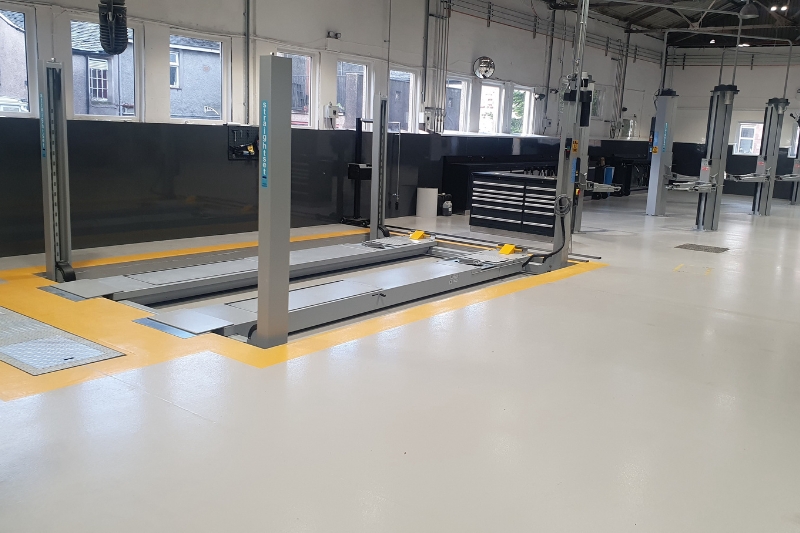
Designing for practicality
After the site survey, the next step is determining what will work practically in your space. Equipment, such as a 4-post lift or a scissor lift, must not only fit but also allow for safe accessibility and efficient workflow.
A detailed design process allows adjustments to be made in real-time, ensuring the final layout is functional and realistic.
Key questions to guide the process
To create a tailored plan, ask critical questions:
What do you want to achieve with your MOT bay? Are you looking for Class 4 testing, Class 7, or both? Do you need an OPTL or ATL? Straightset provides OPTL test lanes as standard but can upgrade to ATL if required.
Do you have specific limitations or additional requirements?
Some customers require features like wheel alignment integration or need solutions for restricted spaces. Understanding these factors early ensures recommendations are tailored.
Precision design and planning
Once requirements are clear, use a design team to create a detailed drawing of the workshop, accounting for dimensions, existing equipment, and obstructions. This should include documenting the make, model, and serial numbers of existing equipment to ensure compatibility with the new setup.
Essential equipment for MOT bays
An MOT bay requires a range of equipment tailored to the services offered. A standard setup includes:
- Lift (pits are an option, though less common)
- Jacking beam
- Roller Brake Tester (RBT)
- Headlight Beam Tester (HBT)
- Accessory pack (gauges, sensors, and essential tools)
- Gas analyser
No two MOT bay installations are identical. Space constraints, customer preferences, and regulatory requirements mean that every project presents unique challenges. By working with experienced professionals, you can streamline the process and ensure compliance with DVSA standards. With expertise in DVSA’s Requirements for Authorisation, GEA-accredited staff, and a proven track record, Straightset offers end-toend support—from consultation and design to installation and aftercare. Their tailored solutions help clients achieve functional, compliant MOT bays while minimising stress and complexity.
